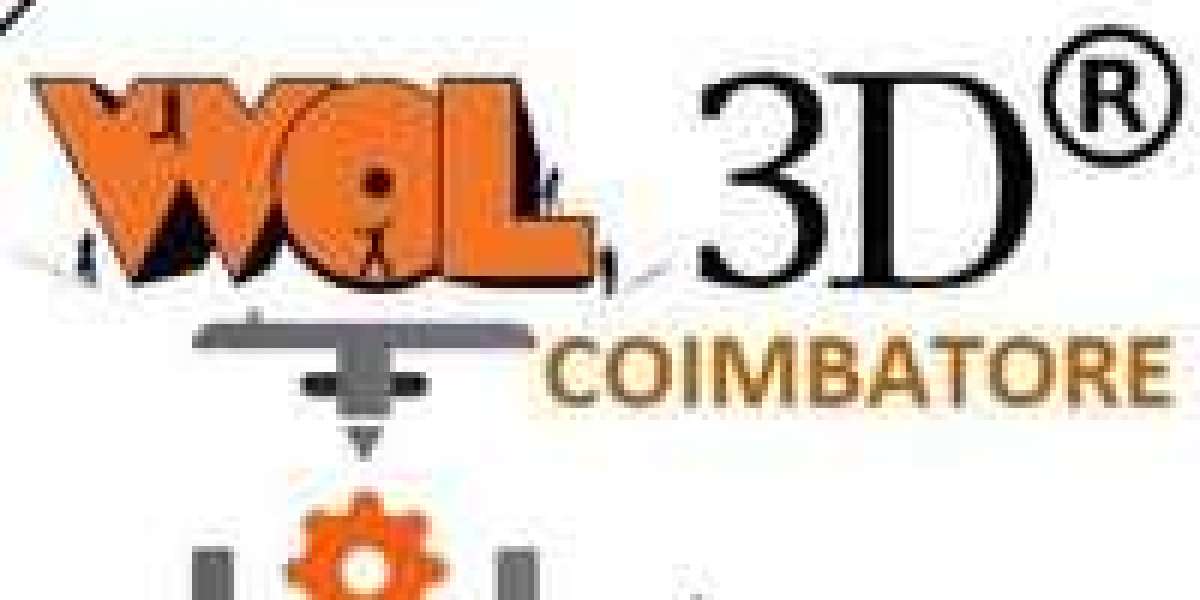The healthcare industry is continuously evolving, with new technologies and methodologies being introduced to improve patient care. One critical aspect that has gained significant attention is vascular assessment. This process involves evaluating the condition of the blood vessels to ensure they are functioning correctly, which is crucial for diagnosing and managing various medical conditions. In this blog post, we will delve into the importance of vascular assessment in the healthcare industry, exploring its benefits, methodologies, and implications for patient care.
The Importance of Vascular Assessment in the Healthcare Industry
Vascular assessment plays a pivotal role in the healthcare sector. It helps in the early detection of vascular diseases, which can prevent severe complications and improve patient outcomes. Conditions such as peripheral artery disease (PAD), aneurysms, and deep vein thrombosis (DVT) can be identified through thorough vascular evaluations. Early diagnosis allows for timely intervention, reducing the risk of life-threatening events like strokes and heart attacks.
Methods of Vascular Assessment
Several techniques are employed in vascular assessment to provide comprehensive insights into the vascular system's health. These methods include:
- Ultrasound Imaging: This non-invasive technique uses sound waves to create images of blood vessels, helping to detect blockages, clots, and other abnormalities.
- Angiography: A more invasive procedure that involves injecting a contrast dye into the bloodstream to visualize blood vessels using X-ray imaging.
- Magnetic Resonance Angiography (MRA): This method uses magnetic fields and radio waves to produce detailed images of blood vessels, providing a clear view of any issues.
- Computed Tomography Angiography (CTA): Combining CT scans with contrast dye, this technique offers high-resolution images of blood vessels, aiding in accurate diagnosis.
Benefits of Vascular Assessment
The benefits of vascular assessment extend beyond early diagnosis. It also aids in monitoring the progression of vascular diseases and evaluating the effectiveness of treatments. For instance, patients with PAD can undergo regular vascular assessments to track the disease's progression and adjust treatment plans accordingly. Additionally, vascular assessments are crucial for preoperative evaluations, ensuring that patients are fit for surgery and minimizing the risk of complications.
Implications for Patient Care
Incorporating vascular assessment into routine healthcare practices has profound implications for patient care. It promotes a proactive approach to managing vascular health, emphasizing prevention and early intervention. This shift can lead to better patient outcomes, reduced healthcare costs, and improved quality of life for individuals with vascular conditions.
Moreover, vascular assessment can guide personalized treatment plans. By understanding the specific vascular issues a patient faces, healthcare providers can tailor interventions to address those needs effectively. This personalized approach enhances the overall efficacy of treatments and fosters a more patient-centered healthcare experience.
Conclusion
In conclusion, the importance of vascular assessment in the healthcare industry cannot be overstated. It is a vital tool for diagnosing, monitoring, and managing vascular diseases, ultimately improving patient outcomes and quality of life. By embracing advanced vascular assessment techniques, healthcare providers can offer more precise and effective care, paving the way for a healthier future.
As the healthcare industry continues to advance, the role of vascular assessment will undoubtedly become even more significant. By staying informed about the latest developments and integrating these practices into routine care, we can ensure that patients receive the best possible vascular health management.








